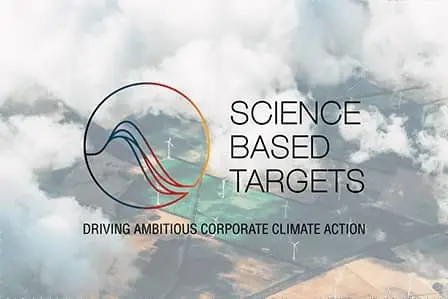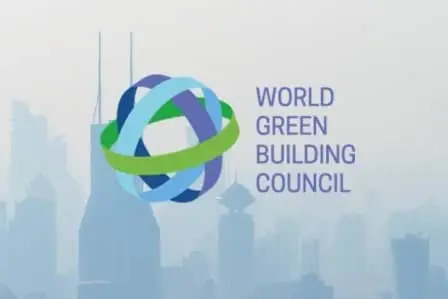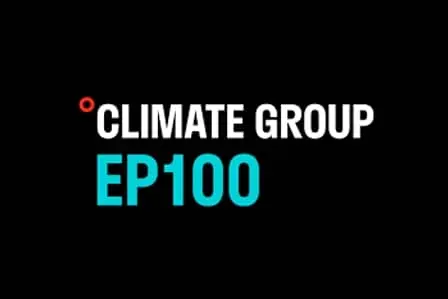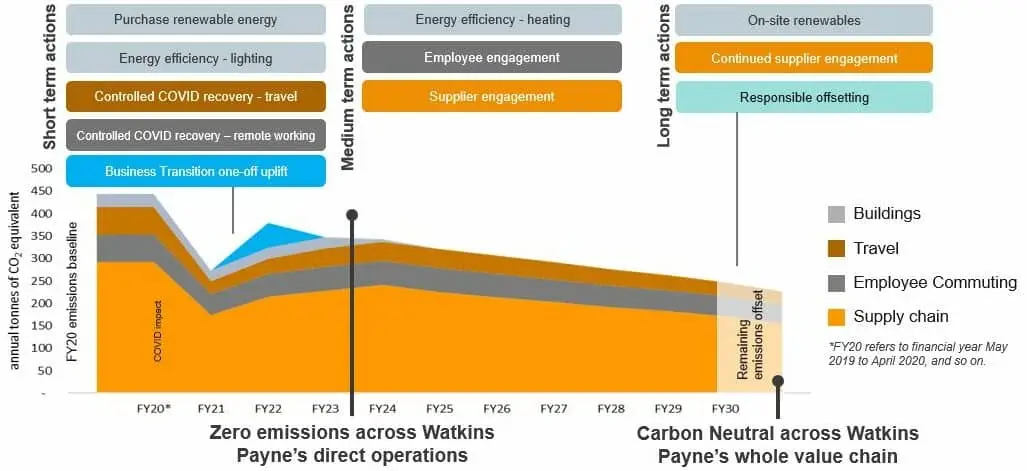
Our emissions reduction goals have been approved by the Science Based Target initiative and are in line with limiting global warming to 1.5°C. We have committed to net zero in the operation of our assets under the World Green Building Council’s Net Zero Carbon Buildings Commitment.
Our plan includes both the direct activities of our organisation (emissions scopes 1 and 2), and the wider impact of our whole value chain (emissions scope 3).
We will seek to prioritise emissions avoidance and emissions reduction. Additionally, through the development of an offsetting strategy based on a recognised offsetting framework, we will seek to offset to compensate for unavoidable emissions.
Our reporting is performed by an independent specialist third party in accordance with the Greenhouse Gas Protocol. Our plan is underpinned by strong data and we will continue to improve data coverage/integrity and report our progress annually.



Electricity use and gas for heating
Travel and transport for business purposes
Travel to work and energy use associated with remote working
Emissions relating to the goods and services that we buy
One-off purchases in transitioning to a limited company

Signed up to WorldGBC’S Net Zero Carbon Buildings Commitment
GHG emissions measured & 2030 roadmap in place
Targets approved by the SBTi
Zero emissions across Watkins Payne’s direct operations
WorldGBC’s Net Zero Carbon Buildings Commitment reached
Carbon neutral across Watkins Payne’s whole value chain

* Scope 3 emissions include purchased goods and services; fuel and energy related activities; waste generated in operations; business travel; and employee commuting and remote working.
